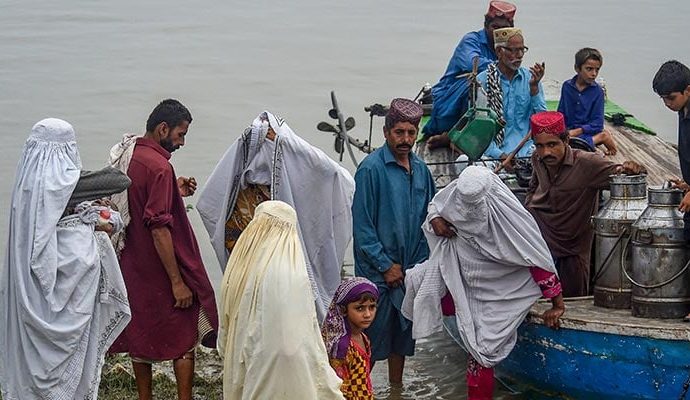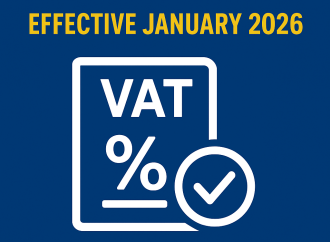Pakistan’s devastating monsoon floods have claimed 985 lives since late June, with officials warning that the Indus River flood wave is moving downstream toward Sindh province. Rising Death Toll Across Provinces According to the National Disaster Management Authority (NDMA), most deaths were reported in Khyber Pakhtunkhwa (504), followed by Punjab (287), Sindh (80), Gilgit-Baltistan (41),
Pakistan’s devastating monsoon floods have claimed 985 lives since late June, with officials warning that the Indus River flood wave is moving downstream toward Sindh province.
Rising Death Toll Across Provinces
According to the National Disaster Management Authority (NDMA), most deaths were reported in Khyber Pakhtunkhwa (504), followed by Punjab (287), Sindh (80), Gilgit-Baltistan (41), Azad Kashmir (38), Balochistan (26), and Islamabad (9).
These casualties resulted from flash floods, house collapses, landslides, and rain-related incidents.
Punjab Floods Receding, Sindh on High Alert
In Punjab, floods caused by swollen Ravi, Chenab, and Sutlej rivers have killed 104 people since late August and affected over 4.5 million residents. Thousands of acres of farmland remain inundated.
Authorities confirmed that water levels in Punjab’s rivers are now receding, but the flow is pushing downstream into Sindh.
The Provincial Disaster Management Authority (PDMA) Punjab reported that water inflows at Guddu Barrage have reached 635,759 cusecs, with outflows at 606,489 cusecs. Levels are expected to rise further to 650,000–700,000 cusecs.
“Floodwaters will remain across Sindh throughout September before draining into the Arabian Sea by month-end,” PDMA stated.
Flood Situation at Major Barrages
-
Ravi River: Water levels have dropped to normal and medium ranges.
-
Sutlej River: Flows are stabilizing across Kasur, Okara, Bahawalnagar, and Vehari.
-
Chenab River: Levels at Trimmu Headworks are now normal, with upstream stations also stable.
-
Panjnad River: Still facing very high flood at 369,085 cusecs, though receding since Sept. 12.
-
Indus River: Sukkur Barrage is expected to receive 600,000 cusecs by Sept. 17–18. The water will likely reach Kotri Barrage in 8–10 days, peaking at 400,000–450,000 cusecs around Sept. 24–26.
The PDMA has warned that Kandhkot, Kashmore, Ghotki, Jamshoro, Qambar Shahdadkot, Hyderabad, and Thatta will successively face downstream flood stress in the coming days.
Power Outages in Flood-Hit Areas
Heavy rains and floods have disrupted power in many districts. The Ministry of Water and Power reported that 51 grid stations and 543 feeders were affected. Out of these, 309 feeders have been restored, while 226 feeders remain partially functional.
Climate Change Concerns
The floods have revived painful memories of the 2022 deluge, which submerged one-third of Pakistan, killed more than 1,700 people, and caused $30 billion in losses.
Experts warn that despite contributing only 1% to global greenhouse gas emissions, Pakistan is among the world’s most climate-vulnerable countries.
















Leave a Comment
Your email address will not be published. Required fields are marked with *